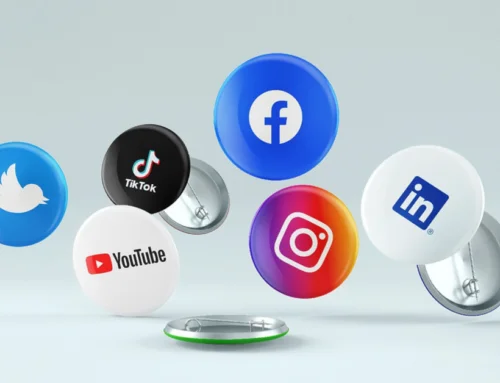 Internal Communications during Virtual Office Environments
Internal Communications during Virtual Office Environments
Most local businesses will be working virtually for at least the coming weeks and business leaders need to think differently about how they will keep communication flowing to inform and engage employees. They’ll also need to be more flexible to accommodate employees facing new scenarios—from children attempting virtual learning to ongoing health concerns. Consider these tips for keeping your business moving forward despite the challenges presented with the COVID-19 epidemic.
Start with Clear Expectations and a Flexible Mindset
Business leaders should explain upfront how they expect employees to work. For example, if team members are required to be online from 8 am- 5 pm with an hour offline break, that needs to be addressed verbally and in writing. Discuss how associates should communicate lunch breaks and other commitments so others see their availability even without being able to see colleagues physically. Here’s the caveat: Understand that a rigid 8 am- 5 pm schedule is not realistic. Team members may be interrupted by a child or unexpected home delivery of groceries. Be flexible and understanding. Almost everyone is learning how to work virtually.
Revisit Goals, Emphasize Results
Start the work week with a call to remind the team of goals and deadlines. Ask associates for potential challenges and encourage them to collaborate on solutions for reaching goals collectively. Empower associates to work independently with an emphasis on results. Relinquish the tendency to constantly know what team members are doing. Implement after action reviews at project milestones to pinpoint and correct issues. Applaud positive results via internal emails, team portals and conversations.
Use Communication Tools Consistently Company-wide
Moving beyond just conference calls is important. Seeing teammates via online meetings helps people connect with each other and can help prevent feeling isolated. Zoom has been a wildly popular tool for video-conferencing in large part due to the company’s extension of its tool –for FREE– to anyone interested during the COVID-19 pandemic. (Thank you, Zoom!) We have found this CNET article chock full of Zoom tips and tricks. I bet there’s at least one tip that you’ll discover in this piece.
Tools that also document processes, responsibilities, inter-dependencies and deadlines are key when virtual environments are at play. Ensure the knowledge capture from these meetings is accessible for future reference, regardless of associates’ locations.
Agree on a particular virtual conferencing platform that can be used company-wide but recognize that employees may also need to use alternative tools to communicate with customers, prospects and partners. CIOs and IT management are critical to ensuring adequate licenses are purchased and the tools are implemented throughout the organization. If new installations need to be added widely, the IT team should select a time when most employees will be offline to push new technology without interrupting daily operations further.
Whether your organization uses an intranet site, Microsoft® Sharepoint® or another internal portal, re-dedicate internal efforts to effectively use those tools. Consider posting a fun contest with rewards to encourage associates to check in as they start the day. Prizes such as gift cards for restaurant take-out and delivery services bring convenience to the winners and can be sent digitally for near immediate redemption. This also supports local restaurants that need your business.
More than Just Work Chatter
Allow for non-work related conversations and group chats to help staff deal with the evolving circumstances and foster a positive rapport between colleagues. Depending on how long American companies work remotely, some employees may need to shift roles by joining different teams. Encourage associates to get to know each other better using the company communication tools. Employees who feel they are being heard will demonstrate greater commitment to the job and improve productivity. COVID-19 has pushed people to physical distancing, but not social distancing.
Adopt an “all in” attitude with management encouraging employees to do their part to make virtual officing successful. While we’ve been forced to adopt a virtual workplace, we may soon discover the benefits outweigh the short-terms discomforts. Improving our internal communications during virtual office environments can be the true test of how well this could work for our professional and personal needs.
If you found this article helpful, you may also like our “Professional Writing for Internal Communications” blog post.











Leave A Comment